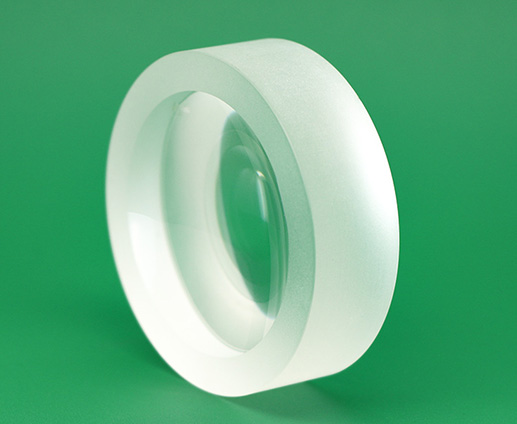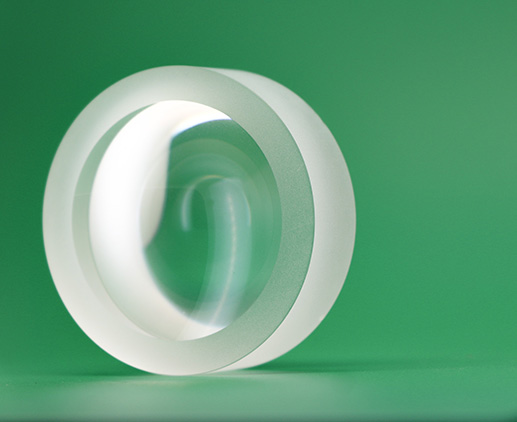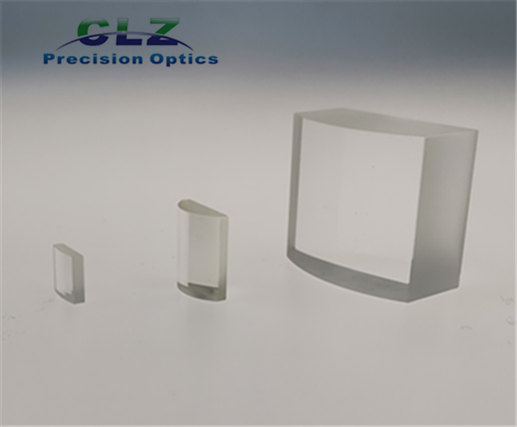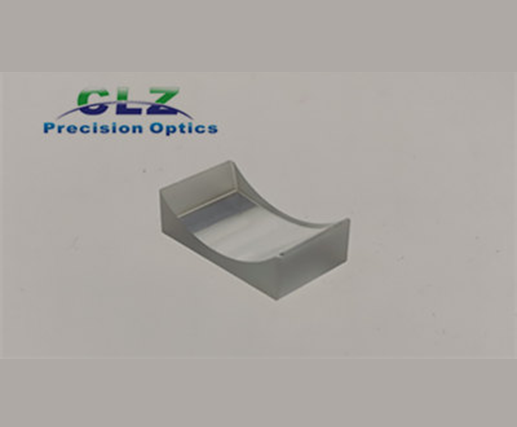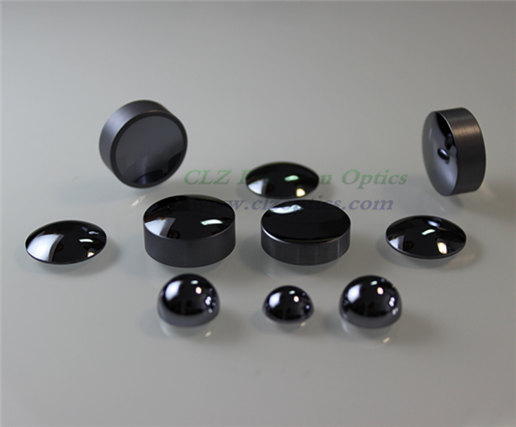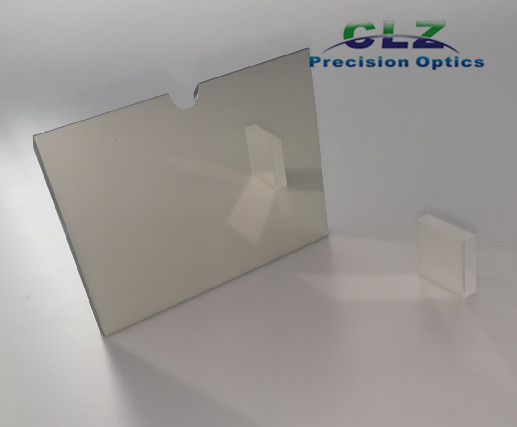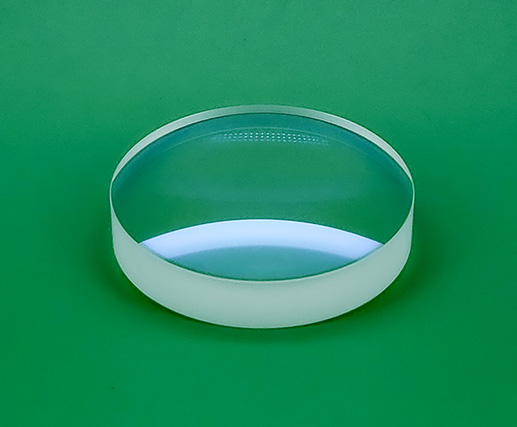Large Optical Lenses / Large Optics
PRODUCT DESCRIPTION
CLZ Optical Co., Ltd. specializes in manufacturing Optical lenses, and the Large Large Optical Lenses is one of our featured products.Large optical lenses are critical for precision instruments such as telescopes and imagers, but processing large-sized optical lenses is a difficult task, many advanced machines can't work at this time, the custom machines for large optics are a good choice at this time.
CLZ has a large milling, grinding, and polishing machine that can be made large-diameter optics. We can manufacture a wide range of large optical lenses, such as plano-convex lenses, Plano concave lenses. We can also perform custom optical coatings for large lenses, including anti-reflection, and V-coating.
◢Introduction of Double Concave Lenses
Double concave lenses are commonly used in optical systems for various applications mainly, beam expansion and projection. These lenses have a concave surface on both sides, meaning they curve inward, and they are thinner at the center than at the edges. The double concave lens is an important component of optical systems that are designed to diverge incoming light beams. In this article, we will discuss the divergence of light beams in double concave lenses and why they are used in beam expansion and projection applications.
Divergence of Light Beams
When light passes through an optical lens, it can diverge or converge depending on the shape of the lens. A double concave lens is designed to cause light beams to diverge, which means that the rays of light will be spread out and will move away from each other. This is because the double concave lens is thicker at the edges than at the center, which results in the light being bent inwards, away from the center of the lens.The amount of divergence that occurs in the light beams passing through a double concave lens depends on the curvature of the lens and the angle of incidence of the incoming rays. Factors that influence the amount of divergence include the diameter of the lens, the angle at which the light enters, and the index of refraction of the material the lens is made from.
◢Applications of Double Concave Lenses
The divergence of light beams in double concave lenses makes them useful in many optical applications, including beam expansion and projection. Here are some examples of how these lenses are used in these applications:
Beam Expansion
In many optical systems, it is necessary to expand a beam of light to make it bigger or to reduce its intensity. Double concave lenses are used to achieve beam expansion by causing the light beams to diverge as they pass through the lens.One application of beam expansion is in laser systems, where the laser beam is often focused using a convex lens. However, the focus point of the laser beam can become too hot and damage the lens or the target. In such cases, a double concave lens is used to expand the beam and reduce the intensity so that the laser does not damage any components.
Projection
Double concave lenses are commonly used in projection systems to spread out light beams and create a larger image. By using a double concave lens, the beams of light from a projector can be spread out more evenly and projected onto a larger screen or surface.Another application of double concave lenses in projection is in microscopy. In this case, the lenses are used to reduce the curvature of the image captured by the microscope, making it easier to view and analyze.
Bi-concave lenses are a fundamental component of many optical systems. As we have seen, their ability to diverge light beams makes them useful for beam expansion and projection applications. Regardless of the application, it is essential to choose a lens that is appropriate for the intended use and that can deliver the desired level of divergence and focus. The use of high-quality double concave lenses will help to achieve the best results in any given optical system.




















